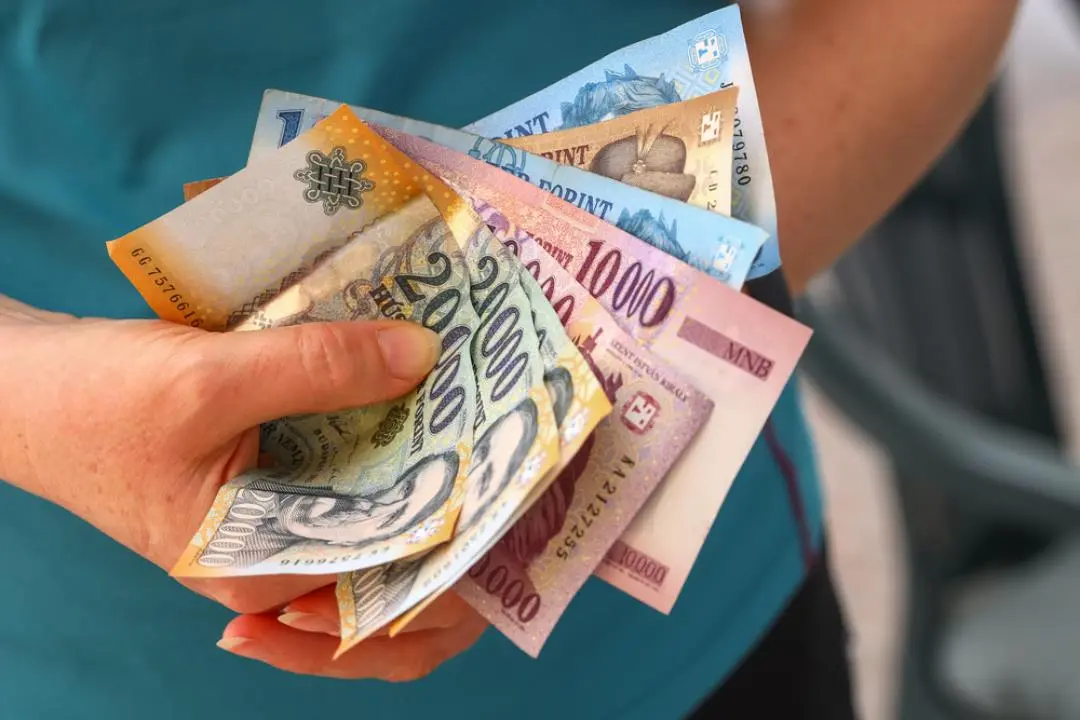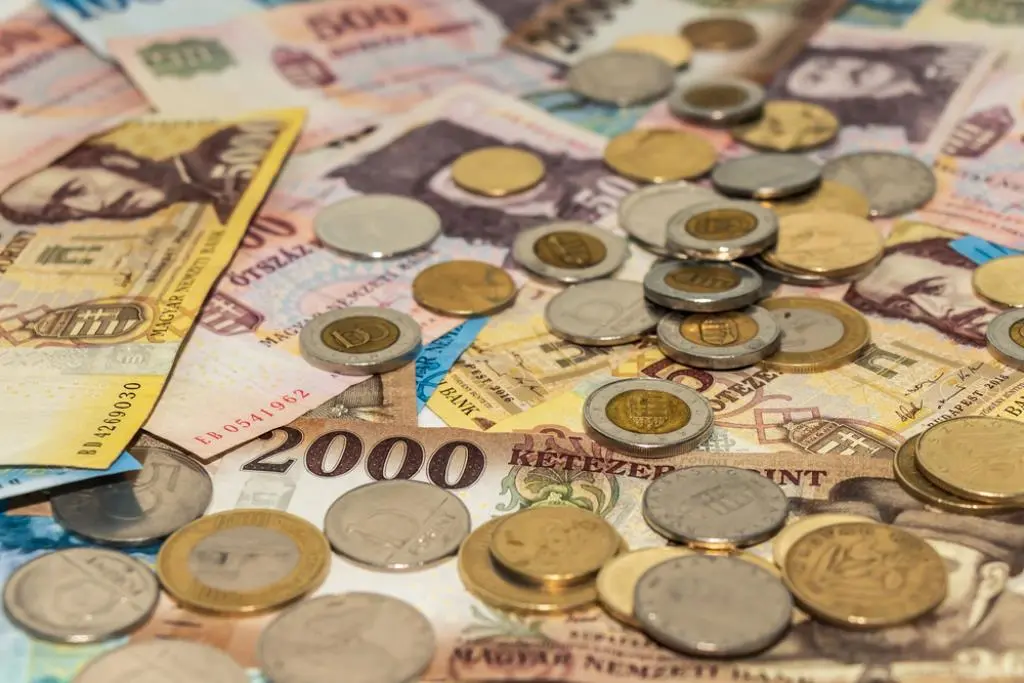Among the region’s currencies, the Hungarian forint lost its most value in 20 years

Since 2004, the Hungarian forint has lost half its value against the euro, while the Polish zloty, for example, has remained stable and the Czech crown has even strengthened.
Over the past two decades, the exchange rate between the Hungarian forint and the euro has typically fluctuated in line with the inflation differential between Hungary and the eurozone, according to GKI Economic Research Co.
The year 2023 broke this pattern. Inflation in Hungary was significantly higher than in the eurozone, but the forint still managed to strengthen. The main reason for this, according to the GKI, is that the central bank set a high key interest rate to counter inflation and the favorable yields attracted investors, which strengthened the currency. telex This trend is reportedly a loss for domestic exporters, which could also weaken export-oriented industrial production.
Development of the euro-forint exchange rate over the last 20 years

Photo: depositphotos.com
GKI published an analysis that looks at the euro-forint exchange rate from a historical perspective, looking at the 20 years since Hungary joined the EU. It wrote that the exchange rate remained relatively stable in the first four years after Hungary joined the EU, until the financial crisis in 2008 changed the situation and brought about a sharp devaluation of the currency. The forint weakened by 12 percent against the euro within a year and the central bank began to devalue the currency.
The aim was to attract capital investment, but at the same time it also became more attractive for Hungarians to work abroad and for tourists to holiday in Hungary. On the other hand, it became more expensive for Hungarians to holiday abroad and it became more expensive for the general public and the business sector to buy imported goods.
The end of the Covid cycle meant an 8 percent decline in 2020, when public debt also skyrocketed due to government spending. The exchange rate remained stable in 2021, then another decline occurred in 2022, after which the euro cost 9 percent more, reaching almost 430 forints. The main reason for the decline was the Russian-Ukrainian war and the resulting energy crisis, but government spending during the elections also did not help reduce the public deficit.
In 2023, the forint finally began to strengthen, with the value of the national currency on average 2.4 percent higher than in the year of the energy crisis. In 2024, the forint weakened again, losing 3.7 percent in the first half of the year.
The deterioration is most evident when compared to regional currencies. Romania’s devaluation has followed a similar pattern to Hungary’s. The forint has lost 52 percent since 2004 and the Romanian leu 23 percent. The Polish zloty is at about the same level as 20 years ago, while the Czech koruna has gained 24 percentage points. According to the GKI, a larger share of Poles and Romanians work abroad, so their remittances strengthen the currency. They also say that “the conversion of EU subsidies into forints is done through the central bank,” which counteracts the strengthening of the forint.
Also read:
- EU announces when Hungary could join the Eurozone – Read here
- Holiday: This is how much an “Austrian Euro” is worth in Hungary – Read here


